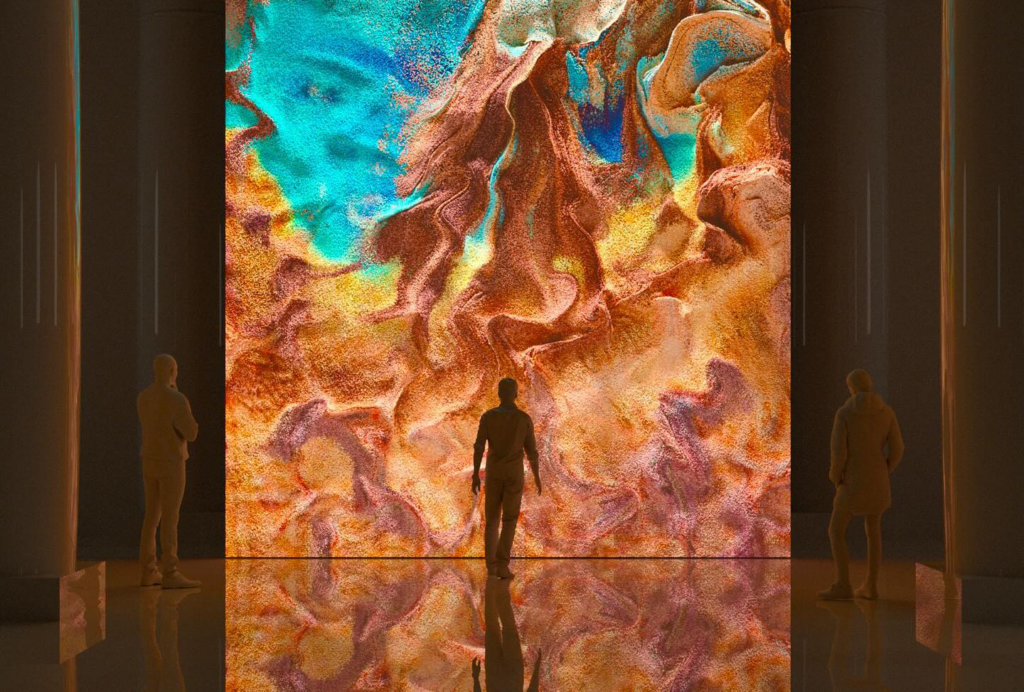
AI has become a widespread phenomenon and tool. There are points on both sides stating how this can be a positive tool or a negative tool. But with AI moving forward each day it’s important to grow with it, as it is not going away anytime soon. With such a saturation in the AI field, real artist’s work is beginning to be mistaken for AI. Even students cannot escape being mistaken for plagiarists using AI. But how are real artists using AI as a tool instead of a threat, and can we as a society begin to implement AI, not as an artist itself but as an assistant for the artist?
The End Of Social Media?
The Infiltration Of Artificial Intelligence Into Our Widest Social Spheres
Meta (previously known as Facebook) used to be a platform used to connect family and friends across state and country borders. Recently it has seen an uptick in bots, washing its familiar friends and family image down the drain. If you scroll for a bit you will find bots responding to other bots and having a conversation with themselves. Meta has begun using AI to sense the uses of AI and flag it with a marker for viewers to know what has been man-made and what has been generated by machines. However, AI is not the most reliable for sensing itself all of the time. With the rise of AI, there should be more steps required to post artificially generated art and media to a public website. Social networking sites could add more regulation on AI, and filters could be added so consumers could choose if they wanted to see it or not.

What could this possibly be used for? There are a couple of different theories on why this is happening. One is that they do not know the other is a bot. An account of AI is trying to garner interactions and does not realize it is responding to a bot that is engineered similarly to its own making. Another reason could be money. If you have enough interactions you get paid. People could be making bots that do the interactions for them, as a way to build income. Many are worried that this stream of AI is going to make social media, one of society’s biggest touch points with each other, unusable. It could become saturated with AI, becoming a “networking service” with AI as the creator and humans as the consumers, and wash out the family and friends from before.
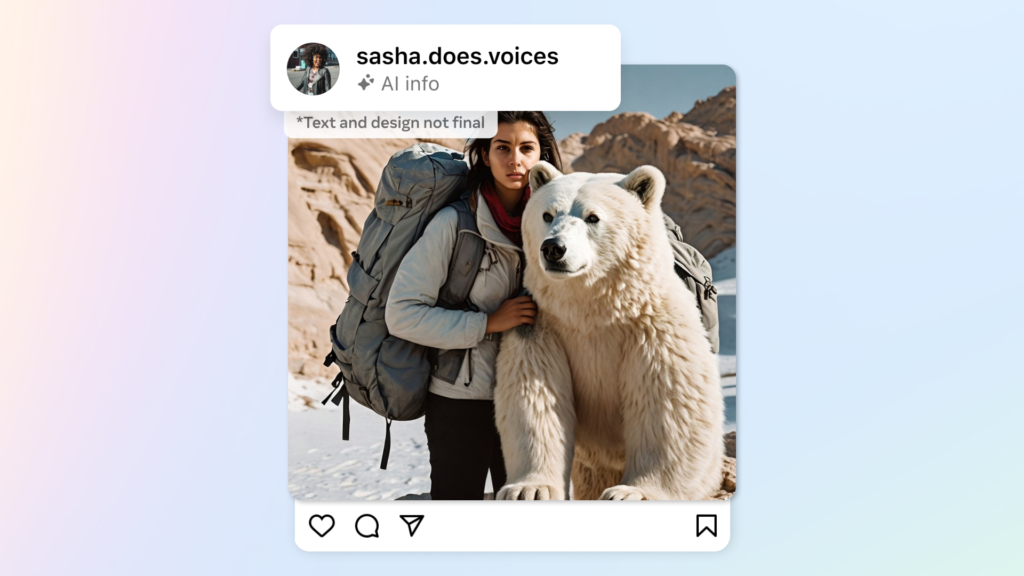
Humanity or Fabricated?
Humanity Being Mistaken for Data Chips
On the flip side of bots mistaking themselves for humans, we have humanity mistaking other humans for AI. One of the biggest cases of this recently was the band Seventeen, an international phenomenon from South Korea, being accused of using AI to write their songs after AI was used in a music video trailer to make a statement. One of the group members and main producer Woozi mentioned they were “Playing with AI” and incorrect journalists began accusing them of using AI to write some of their biggest hits. Woozi came to the team’s defense making the statement “All of Seventeen’s music is written and composed by real human creators”

Another example of humans mistaking humans for AI is actually in the academic setting. While this situation involves a bit of AI misdetecting AI it is something humans could do better to avoid. Students’ work has begun to be sent through an AI detector. If a student uses Grammarly, a common spelling and grammar corrector, they will be flagged. While this is a slight on the coding side, it is causing strife in the academic departments, as plagiarism is a big deal in universities. It may take teachers coming to students before writing plagiarism reports for now, until AI can get better adjusted to sensing itself.
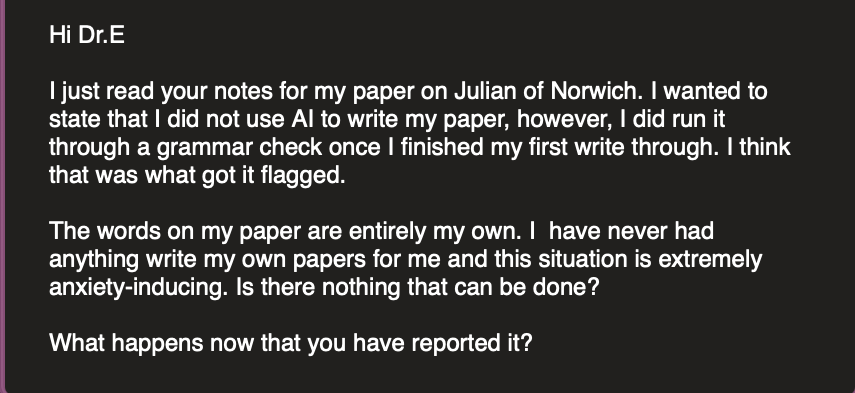
Open For Learning?
Using AI to Our Advantage, Not Our Dread
AI may be saturating and dominating the social sphere and wrongly marking humanity as its own, but it can’t trick everyone. AI art is on the rise but nothing it produces comes close to that of a true artist. Ai can not replicate the art a human being can produce fully, but it can help assist. Many artists are changing to adopt AI into their workflow and for good reason. AI can be used as a tool, from a name generator to animation assistance. The MOMA (Museum of Modern Art) in New York just adopted its first piece of art using AI generative art into its collection.
Artists can leverage AI in various ways to enhance their creative processes, streamline workflows, and explore new artistic possibilities. Artists can use AI to generate inspiration and reference photos, switch art styles, and enhance details like with Photoshops AI-powered features. AI can also assist in animation by creating base 3d models for more novice animators to start with. AI is especially helpful on the management side, helping track and organize assets, keep track of deadlines, and make design suggestions.
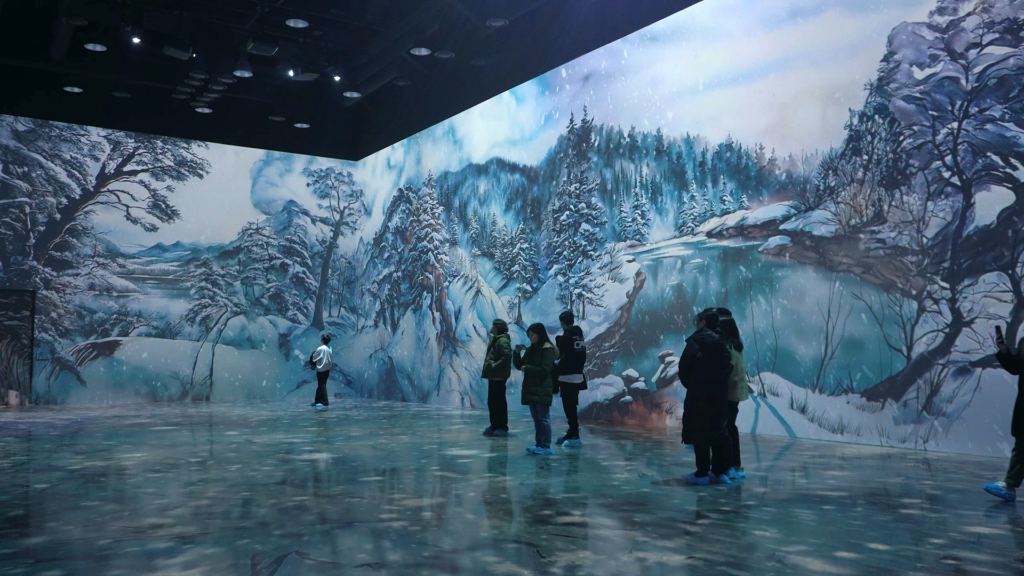
AI also improves the media side of art, with interactive art installations that respond to viewers’ movements or inputs being made easier with AI. AI can also analyze optimize posts, and even create marketing materials, helping artists reach a wider audience. AI can enhance VR and AR experiences, allowing artists to create immersive and interactive environments. And lastly, AI-powered educational tools can help artists learn new techniques, receive feedback on their work, and improve their skills. By integrating AI into their practice, artists can not only enhance their creative process and efficiency but also explore new forms of expression and interaction that were previously unattainable.
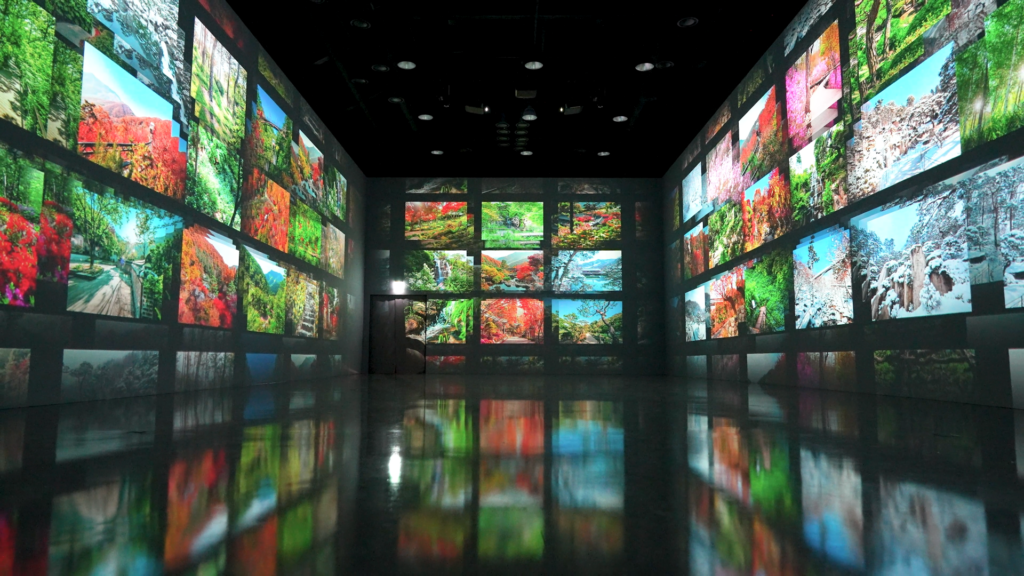

Tags
- AI, art, ArtificialIntelligence, CreativeIndustries, DigitalCreativity, Music, SocialMedia, SocialPlatforms, TechInArt
